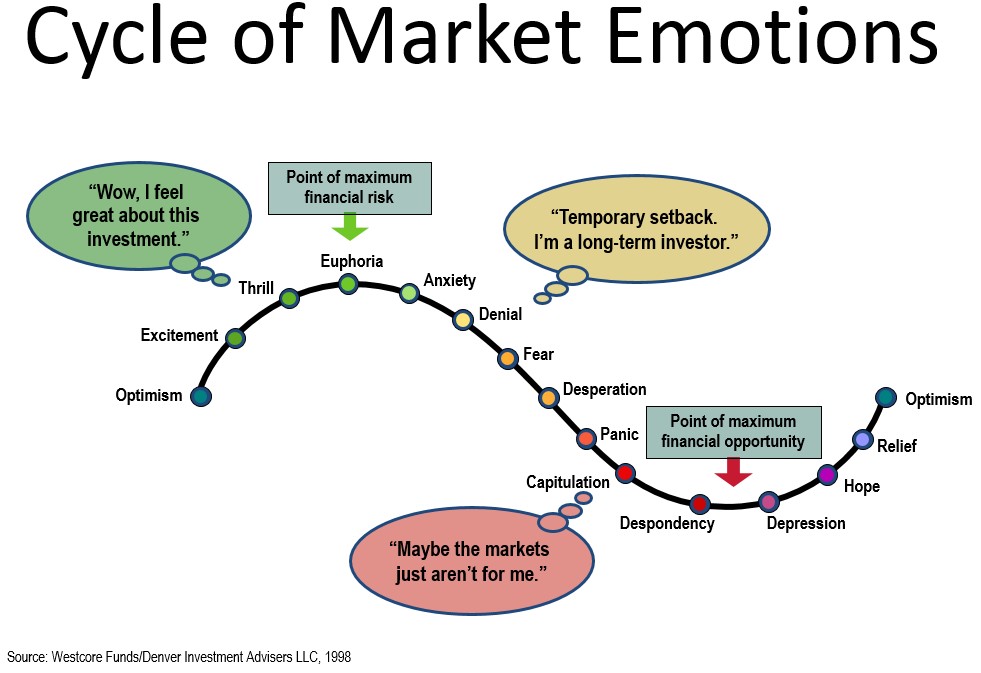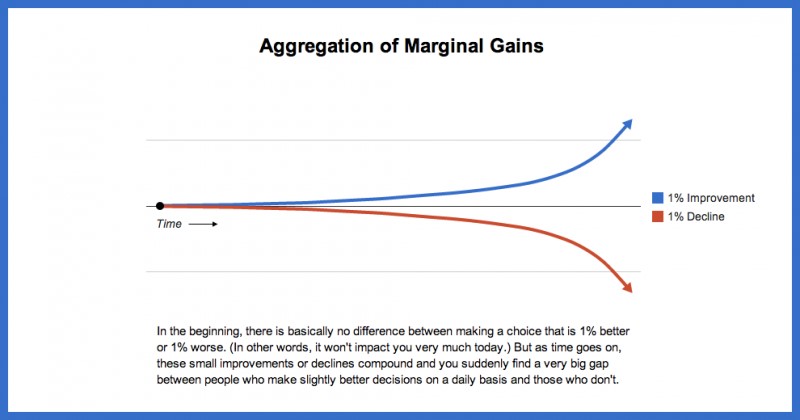Introduction
To be or not to be, that is the question. A binary choice. In the past, a SURS Self-Managed Plan (SMP) participant once had a binary choice like this. Annuitize or not annuitize. Annuitization would ensure a lifetime stream of income and the retiree health insurance. By not annuitizing, or taking the lump sum option, one was turning down the health insurance and assuming the risk of portfolio management.
Along with the rebranding of the SMP to the SURS Retirement Savings Plan (RSP), more choices were added. With more choices comes more complexity. Participants may still choose to annuitize the lump sum as they have in the past. Alternatively, one may choose to use the new Secure Income Portfolio (SIP). Some of the new benefits SIP affords are:
1) the potential to have one’s retirement income stream increase with market returns, and
2) the ability to leave the residual value of one’s SURS account to heirs at death.
Along with these new choices come more options. One new choice is the ability to only use half of the account to produce guaranteed income and still maintain state-provided health insurance. This ability provides guaranteed income through the Secure Income Portfolio (“SIP”). The remaining 50% would be kept in the Lifetime Income Strategy (“LIS”) and can be accessed as needed.
To review a more comprehensive explanation and analysis of the new RSP, you can download a whitepaper we authored here.
What we have learned
As we have begun to assist clients through the retirement process since the change from SMP to the new RSP Plan, here are a few items we have learned along the way.
Retiring before age 60
There are different rules for participants retiring before age 60 when using the SIP.
If you choose to have some balance remain in LIS and not be subject to the guaranteed payout through the SIP, you can’t access the amount in the LIS until you turn age 60. One benefit of using the SIP is that you can choose to only use half the account for generating pension income and still qualify for the health insurance benefit. After age 60, the other half – the LIS half – can be used or withdrawn as desired. However, prior to age 60 that freedom to withdraw the account does not apply.
If you retire before age 60, your SIP benefit cannot yet increase with market increases – it is “locked” until age 60. Just like at age 60 and later retirement, the benefit amount may not go down. The “floor” is set at retirement. Once one reaches age 60, benefit increases due to market gains can be granted. If market decreases do happen between retirement and age 60, the principle in the LIS account is reduced even though the benefit is not.
Flexibility at a cost: tradeoff between income and principal
The benefit of using the SIP includes:
• ability to allocate a portion of your account balance to draw upon at your discretion
• ability to leave the leftover balance of your account to a beneficiary and heirs at death
• ability for guaranteed income to increase overtime with the performance of investments
However, these benefits come with an expense – you could potentially receive a smaller pension relative to other options.
The pension amount can be expressed as a withdrawal rate, which is the annual benefit divided by the total lump sum balance. For example, a pension benefit of $5,000 per month or $60,000 per year on a $1 million account balance equates to a withdrawal rate of 6%. When activating the SIP, or annuitizing your balance, rates will depend on a variety of factors including, but not limited to: age, whether a survivor benefit is being provided, and market rates at retirement.
Under recent rates, if one is age 65 with no survivor benefit and annuitizes the account (without using the SIP), a withdrawal rate of 7.4% could be expected.¹ If the same individual uses the SIP they could expect a withdrawal rate of 4.81%.² In real dollar terms in this example, with a $1,000,000 balance, it would mean the difference between receiving $6,183 per month and $4,008 per month.
In this example, the monthly pension benefit is only 65% of what it might have been had the account been fully annuitized. One might think “I worked hard all these years and this is all I get?” Keep in mind, you are giving up some monthly benefit in order to potentially get future rate increases, and to preserve that value for heirs.
Do not forget balances at TIAA and Fidelity
While most assets were transferred to Voya during the changeover to RSP, some legacy funds may still exist at TIAA or Fidelity. At retirement, remaining balances in TIAA or Fidelity need to be annuitized with that company or transferred to Voya and incorporated into the SIP. One of these two actions are mandatory to qualify for and enroll in the SURS health insurance benefit. This would apply even if the TIAA balance is extremely small and would not produce much monthly income.
Choose wisely, your decision is irrevocable
Once your lifetime benefit in the LIS Secure Income Portfolio is “activated,”³ there’s no going back. One cannot later terminate the contract and take the entire LIS and SIP balance for one’s own. This might apply if you are an early retiree (before Medicare age 65) and need the SURS health insurance. Before 65 the health benefit is large but diminishes following enrollment in Medicare. At 65, if you were to want to terminate enrollment, and take the lump sum balances for one’s own management and quit paying the higher fees for benefits you’re no longer using, the rules would prevent enacting this strategy.
Footnotes
[1] Principal Life Insurance Company Illustrative Table of Annuity Premiums for SURS Rates as of October 1, 2022
[2] Chart – SURS Blended Rates- Rolling Periods, Lifetime Income Strategy – Q4 2022
[3] SURS Retirement Savings Plan Member Guide, page 22, https://surs.org/wp-content/uploads/Guide-RSP.pdf














 Action 2: Request credit reports from at least one of the three Credit Reporting Agencies. Review your report for any lines of credit that you don’t recognize. The report will have instructions on disputing your account if needed. Reports may be accessed for free at
Action 2: Request credit reports from at least one of the three Credit Reporting Agencies. Review your report for any lines of credit that you don’t recognize. The report will have instructions on disputing your account if needed. Reports may be accessed for free at 

 Paper versus Electronic account statements:
Paper versus Electronic account statements:


